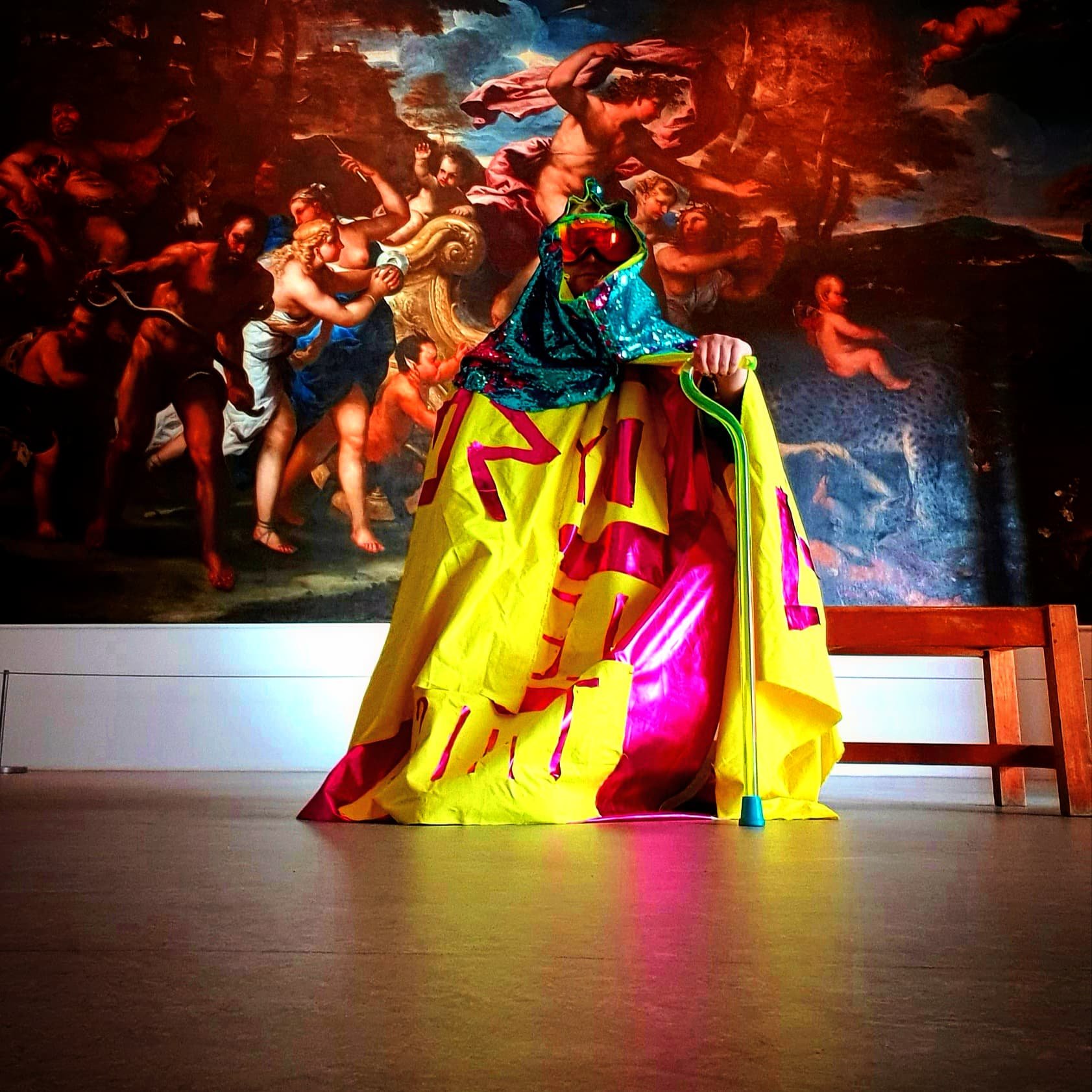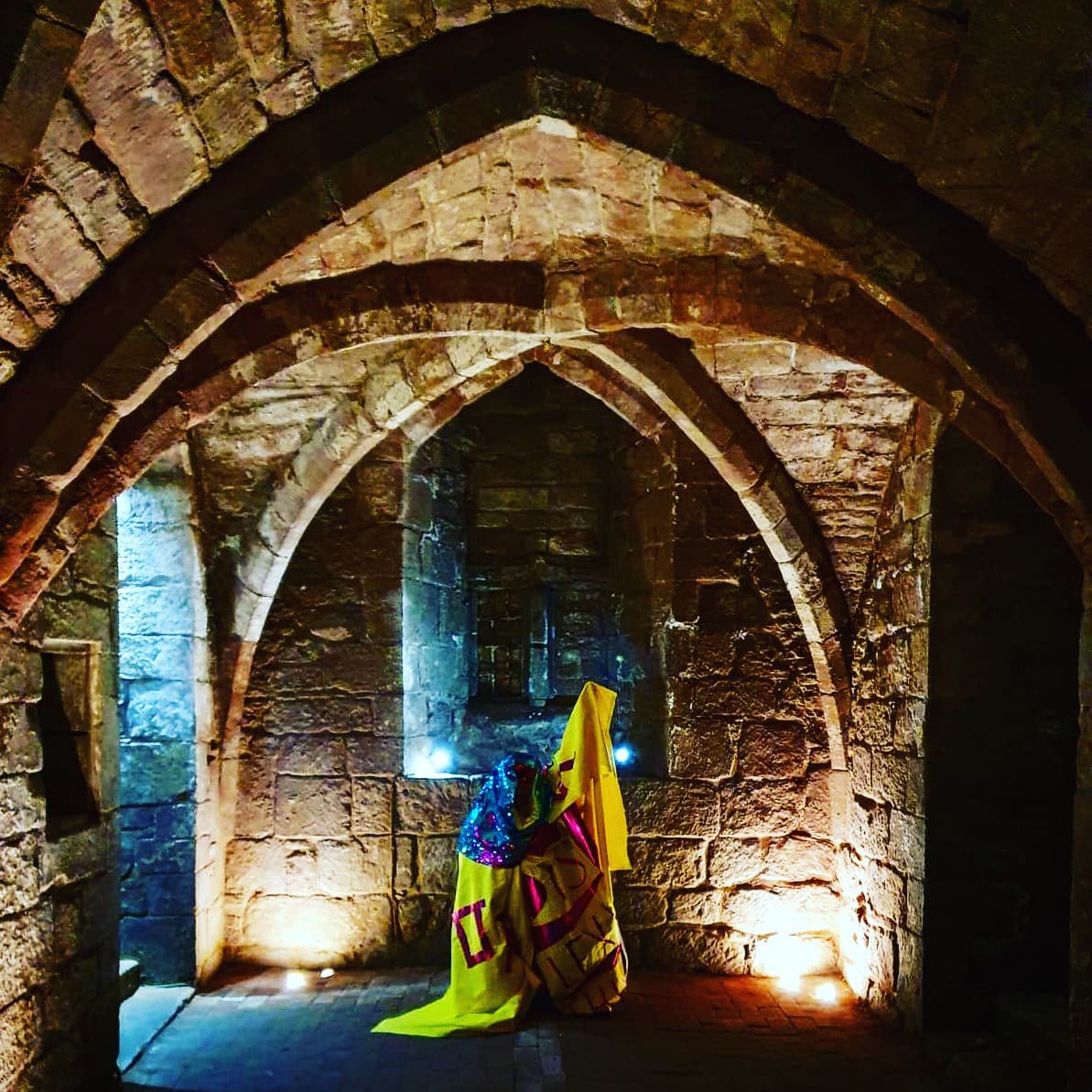
WoRD SouP
Explorers Project residency installation by Alex Billingham
Get your tasty, delicious WoRD SouP! Mmmmm…. That’s good dyslexia!
Following a five-week residency at the Herbert Art Gallery & Museum, Alex Billingham presents WoRD SouP – an exploratory journey into the bowels of the Herbert and its extensive collections stores.
Armed only with a tin of Alphabetti Spaghetti and a neurodivergent brain, Alex builds on her background in live art, experimental theatre and film to playfully interrogate her dyslexia in a small installation, combining filmed and physical artwork inspired by our permanent collections.
This mini-exhibition was developed on-site at the Herbert as part of the Explorers Project in partnership with Outside In. Explorers is a national programme of art and activism established by Project Art Works, focused on dismantling systemic barriers, creating platforms for neurodivergent people and changing the discourse around how they are positioned and described in culture. This year, three residencies were offered at the Herbert Art Gallery & Museum and The New Art Gallery Walsall.
The installation consists of a short film, costumes worn by the artist in the film, two large-scale banners printed with digital images, and a World War II radio from our collection. Watch the final film below, or read more about the process in our Q&A.
“Outside of a neurotypical understanding of collections lies a vast inspiring neurodiverse landscape. So much of my life has been learning other ways of interacting with the world. My interactions with the Herbert’s collections are unique, weaving together disparate elements and refashioning them. The main thing I want people to take away is not to shut down areas because they feel inaccessible.”
Alex Billingham
Radio Receiver, about 1940 (Herbert Collections)
During the Second World War amateur radio enthusiasts were recruited by MI5 to listen to enemy radio transmissions. The messages they heard were sent to Bletchley Park for decoding. These home-based listeners were known as Voluntary Interceptors.
This radio was used by Arthur Noakes, one of a small number of people in Coventry recruited as a Voluntary Interceptor.
“I was instantly drawn to this artifact, tuning into Coventry's rich radiophonic heritage. It helped ground the residency and give me a handle on how to pull all the elements together.”
Alex Billingham











